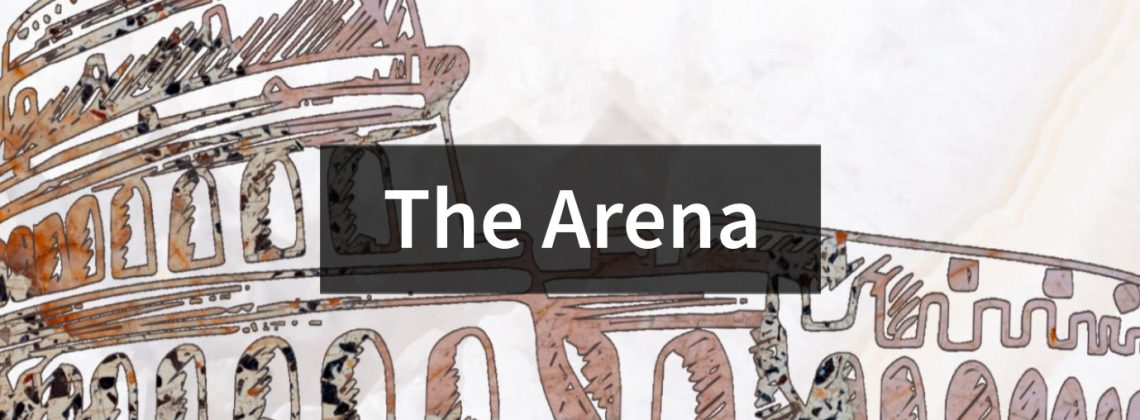

Few cities have as richly multi-layered a history as Rome. Today, Corey Brennan reviews Paul W. Jacobs’s The Lives of a Roman Neighborhood in TLS. The neighborhood in question is “Known today as the Sant’Angelo rione, it is the smallest of the twenty-two urban administrative districts in the heart of what is now the tourist city, next to the island in the Tiber.” A taste from this fascinating review:
For much of the modern period the neighbourhood was synonymous with human suffering. From 1555 to 1870, Rome’s papal government cordoned off a large portion of Sant’Angelo to form the city’s walled Jewish Ghetto, and subjected its inhabitants to centuries of abuse and designed neglect. In October 1943 Nazi German authorities again sealed off that area so as to deport the maximum number of Jews to Auschwitz; of the 1,035 individuals arrested, only sixteen survived.
Jacobs ably animates the history of the oldest church in this neighbourhood, the eighth-century Sant’Angelo in Pescheria (“Michael the Archangel in the Fish Market”), which gives the rione its name. The church should be better known. It lies just steps from the Tiber island, practically in the shadow of Augustus’ theatre and the city’s chief synagogue (built in 1904), at the eastern edge of the now thriving former Ghetto. Planted on a well-worn commercial and processional corridor, Sant’Angelo started life as a social welfare centre for the Christian poor. In 1347 the fiery populist Cola di Rienzo pointedly chose the church as the meeting point for his supporters before marching on Rome’s seat of government, leveraging (as Jacobs argues) its historical situation in the meadowlands where the plebeians once gathered. The church’s interior is dark but lavishly decorated, thanks especially to the patronage of Rome’s guild of fishmongers, who for centuries plied their trade on marble slabs a few yards from its entrance.
Yet passers-by have to make some effort even to spot Sant’Angelo’s bland brick façade, barely visible through the confounding remains of the much-repaired gate to the Portico of Octavia. The church, open two afternoons a week, cannot be reached from the street – excavations have cleared the area of the Portico down to the ancient ground level, which makes Sant’Angelo’s front door accessible only via a zigzagging set of elevated walkways. In this the church seems similar to Paul W. Jacobs’s book: easily overlooked (why not name the neighbourhood, at least in the subtitle?) and challenging to approach, but rewarding to those willing to persevere.
Read the complete review here. And check out Brennan’s own latest book: The Fasces: A History of Ancient Rome’s Most Dangerous Political Symbol.